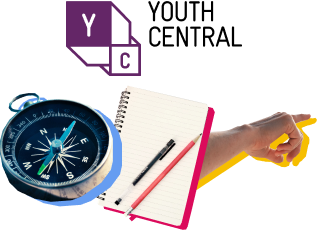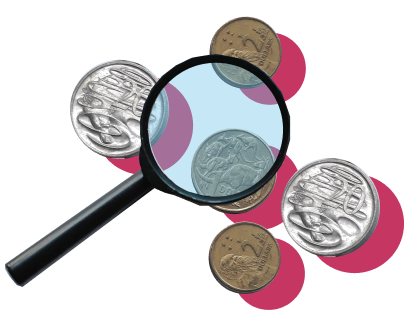If you work in Australia, you pay tax to the government. Your tax helps pay for things like roads, schools and hospitals.
But the government only wants to take what’s fair. This means, sometimes, they will give you some money back – which is why we have ‘tax returns’. But why? And how? We’ll explain.
$18,200
is the amount you need to start earning before you pay tax
You’ll need a Tax File Number (TFN)
A Tax File Number (TFN) is a unique number that is given to you by the Australian Tax Office (commonly known as the ATO). It means you can pay tax.
You need a TFN before you get a job. Your employer will ask you for your TFN before you can start getting paid.
Make sure you have a TFN before you even start applying for jobs. This means you can start getting paid as soon as possible.
You can easily apply for a TFN online on the ATO website.
I would like to have better education on how to do my taxes.
What even is a tax return?
A tax return is a set of forms you have to fill out and give to the ATO once a year.
It shows how much you’ve been paid (your income) and calculates the amount of tax to be paid to the government or (hopefully) back to you (the taxpayer). You can lodge it all online, yourself.
The ATO has some great help on their website for lodging your first tax return.
It can be tricky doing your tax, but the Australian Tax Office (ATO) has some great resources.
Getting a refund
If your employer is paying your tax correctly, you will most likely receive a tax refund, which means the ATO will want to give you some money back.
This ‘return’ is your money. You don’t need to pay any further tax on it. The ATO may ask for your bank details when you lodge your return so they can transfer the money to you if you are eligible.
Sometimes though, employers may not give the government enough tax out of your pay. When this happens, the ATO may ask you to pay money.
Most employers will make sure this doesn’t happen. If you’re unsure, check your payslip and ask your employer.
My tax return is usually pretty simple because I don’t have any complex deductions. I just wait for the ATO website to pre-fill my pay and tax info.
When to submit a tax return
The ATO operates on what is called a financial year. This is different to a regular year. It runs from 1 July until the 30 June.
Your tax return for the previous financial year must be submitted before 31 October.
If you don’t submit a tax return during this time you may receive either a warning or a fine from the ATO. If you leave it too long after a warning, you will get a fine.
Understanding your payslip
Your payslip is a receipt from your employer that you get every time you get paid.
The payslip shows how many hours you worked over a period of time and your hourly rate (pay). For example, $13.55 per hour.
Your payslip also shows you how much tax was ‘withheld’ (taken out) from your pay. It tells you how much tax you’ve paid in total all year too.
Gross and net
Your payslip includes two important words: ‘gross’ and ‘net’. Don’t let these words confuse you! It’s actually quite simple.
Gross means total. The gross amount is the total amount before your employer has paid your tax.
Net means final. The net amount is the final amount after your employer has paid tax. It’s what will land in your bank account. And it’s yours to spend how you like.
Think of it this way: If you catch a fish in a net, you get to take it home. So the net amount is what you get to take home.
How much tax you’ll pay
If you earn less than $18,200 in a year you are under the ‘tax-free threshold’.
This means the government thinks you don’t earn enough to pay tax. Any tax you paid during the year will be paid back to you when you do your tax return.
If you earn over this amount, you will be expected to pay tax based on how much you earn. Generally, the more you earn, the more tax you pay.
I was really worried about doing my own first tax return. But it was ok!
How to do your tax return
Option 1: Do it yourself
Most people can complete their tax return for free themselves, online, using the ‘myTax’ service on the ATO website.
Don’t click on the first entry when you search ’tax return’ in the search engine! There are many websites that will charge a fee to process your tax return.
What is an accountant?
An accountant manages the financial records for a person or business. They know the tax laws and regulations, and help their customers complete tax returns.
Option 2: Get someone else to do it for you
If you don’t feel comfortable doing your tax, you can ask someone you trust to help you or pay a registered tax accountant to do it for you.
Remember:
- Make sure you lodge your tax return on time
- Keep your details updated with the ATO, such as your bank details and mailing address
- Tax returns need to be done every year you work
- Keep your payslips (you may need them later)
- Visit the ATO website for help and advice

Ready to put your skills into practice?
Get comprehensive guidance on how to do a tax return at Youth Central.






